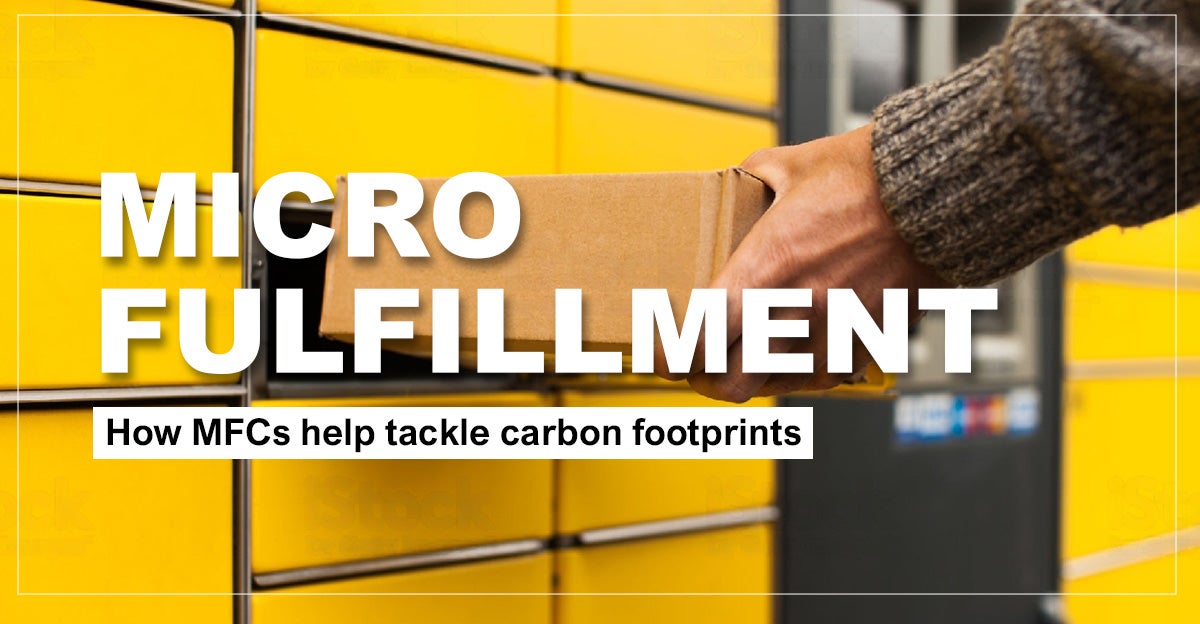


Amazon has spent billions of dollars expanding its shipping infrastructure, at one time operating 175+ fulfillment centers across the world. In contrast, Walmart has largely used its 5000+ U.S. stores to deliver online orders faster. How can other leading but smaller retailers compete against these giants?
Introducing the small-but-mighty MFC.
Customers want their ecommerce orders to arrive quickly, sometimes even the same day. But retailers need to make this happen not just fast, but also cost effectively. While ecommerce goes beyond traditional in-store retail by enabling online purchases – and bringing products to the customer at home – micro-fulfillment centers (MFCs) go a step further: making the process faster and more efficient by putting smaller fulfillment centers stocked with in-demand products even closer to the consumer. Either located in larger warehouses, smaller dedicated distribution spaces or retail stores, MFCs get an optimized selection of products to customers faster and cheaper than large centralized – and more distant – warehouses.
A carbon footprint is the total amount of greenhouse gas, including carbon dioxide and methane, generated by a given entity. MFCs reduce greenhouse gas emissions by significantly shortening the distance numerous vehicles take to get shipments to customers. Transportation is the biggest contributor of pollution, accounting for more than a quarter of greenhouse gas emissions in the U.S. According to the Environmental Protection Agency, in 2020 the primary sources of greenhouse gas emissions in the country were:
How much inventory a retailer has matters, but too much isn’t a good thing. After the pandemic ecommerce surge and supply chain backups abated, customers were happy because sale discounting returned. But many big retailers were stuck with inventory – and warehouse space – that they didn’t need. A case in point is Amazon. In the rush to expand ecommerce capacity, Amazon ended up with too much warehouse space and excess merchandise. The company has ended up subleasing space and is taking an MFC approach to make the most of the space it keeps. Indeed, more important than sheer volume is how fast warehouses can get the right merchandise to customers. The bottom line: Strategically located MFCs can get products to customers in three days or less, sometimes even the same day.
How can you optimize your warehouse fulfillment? An estimated 7,300 automated MFCs will be installed by 2030 and could prove to be the fastest-growing logistics segment. One thing is clear: The time to take your next step is today, so you’re ready for tomorrow’s biggest challenge.